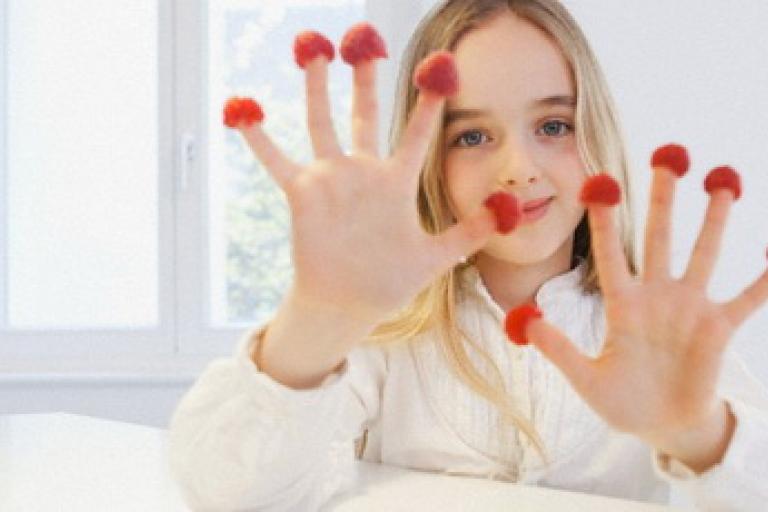
Though each anxious child is unique, it can be very reassuring to find that there are underlying themes and patterns that are common across all anxious children. In this section you can find brief descriptions, red flags and a description of treatment approaches for the specific subtypes of anxiety disorders. Because many children have more than one type of anxiety, what is referred to as comorbid or co-occurring conditions, you may need to look at several different descriptions to find the ones that encompass all of your child's concerns. Learn More (links to each of the anxiety disorder categories below)














